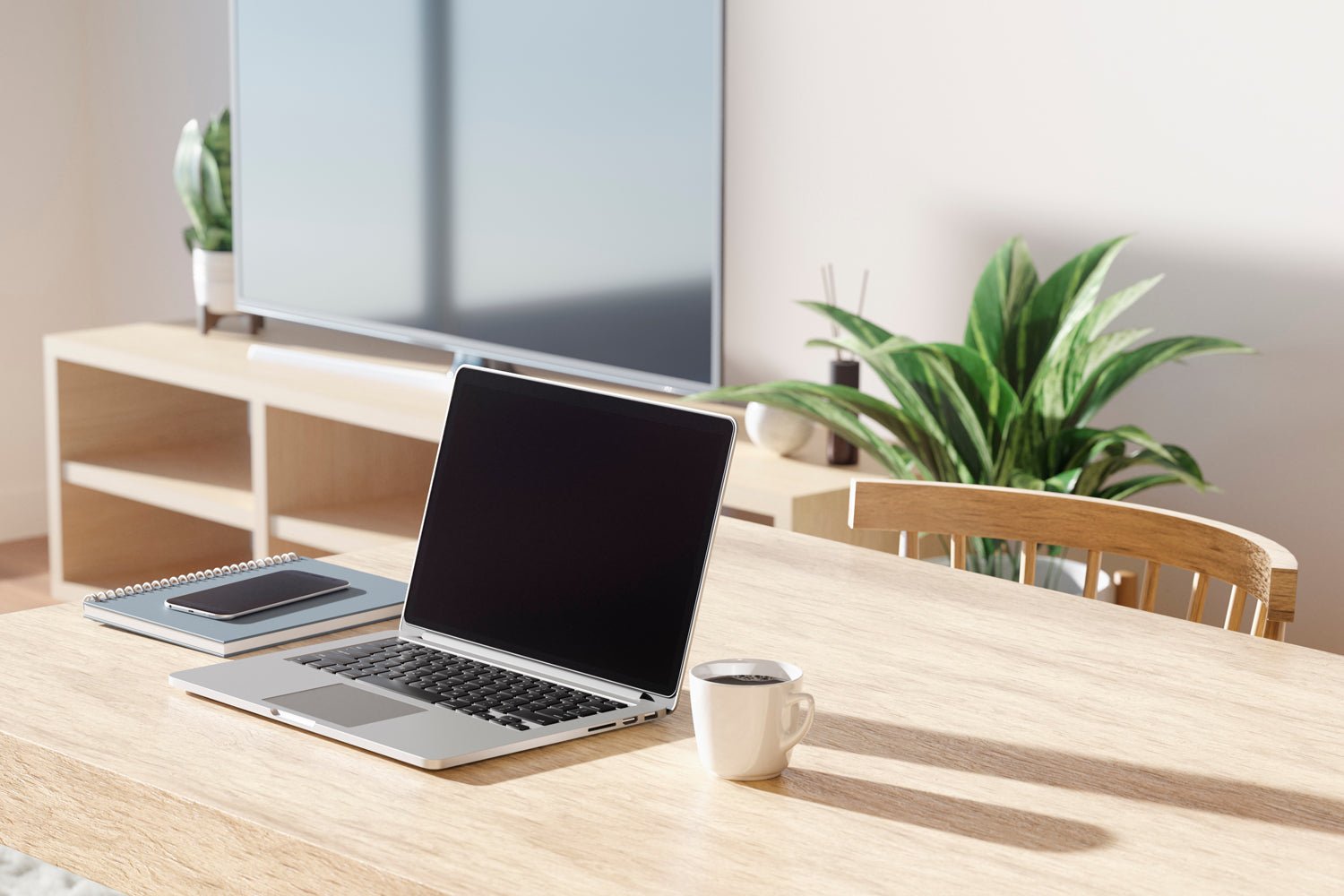
As technology evolves, so does how we interact with our devices. In recent years, haptic trackpads have become increasingly popular for productivity-focused laptops due to their advanced technology.
Their ability to interact more intuitively with users elevates them over traditional trackpads. Haptic touchpads use actuators to produce vibrations that simulate the sensation of physical buttons, providing users with a natural and immersive experience.
The use of haptic trackpad technology, such as linear resonant actuators (LRAs) and piezo actuators, is a significant development in next-gen laptops. The underlying architecture of haptic touchpads is complex, with LRAs and piezo actuators having different performance characteristics.
Understanding their architecture, including whether to use LRAs or piezo actuators, will help you better appreciate haptic technology and its potential applications.
The Two Dominant Architectures for Haptic Trackpads
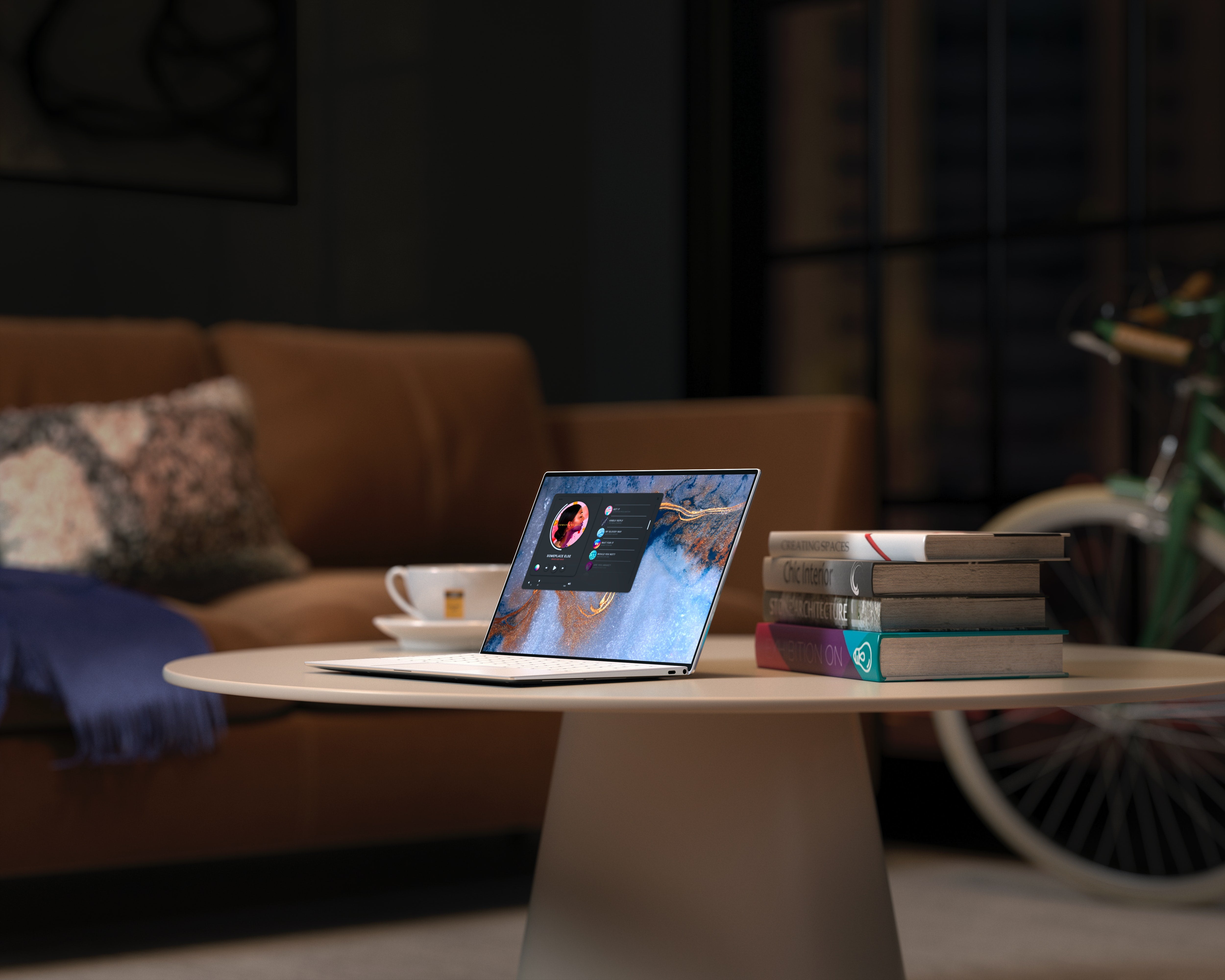
The two dominant architectures for haptic touchpads — LRAs and piezo actuators — bring different traits to next-gen laptop designs and functionality.
But which of them has the edge?
Linear Resonant Actuator (LRA)
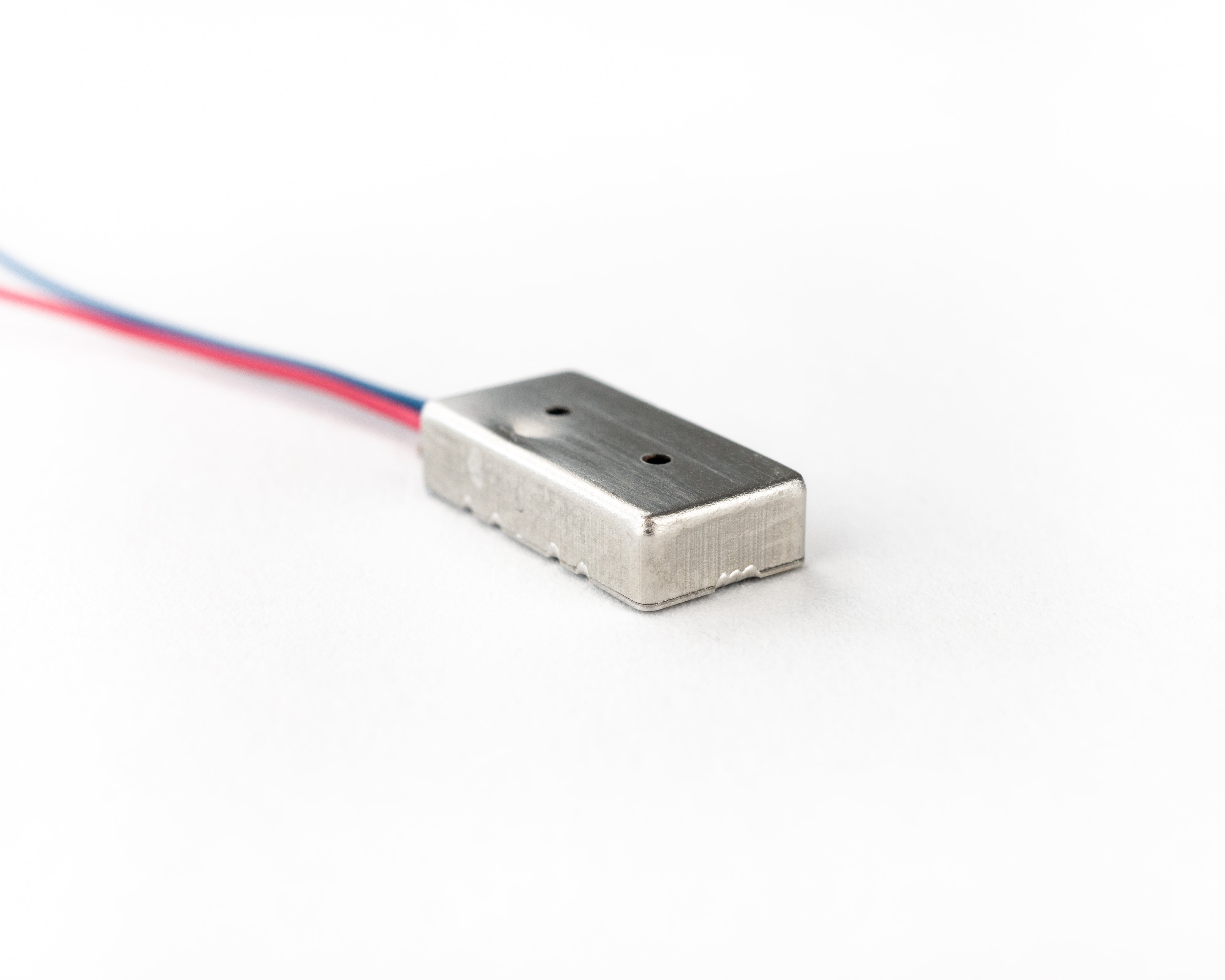
A linear resonant actuator is an electromagnetic actuator that uses a vibration motor to convert electrical signals into mechanical vibrations, providing tactile feedback to the user. The LRA consists of a coil of wire attached to a mass moving back and forth within a magnetic field.
With an electrical input, the coil generates a temporary magnetic field that interacts with the magnetic field of the permanent magnet. This interaction causes the mass to oscillate at a specific frequency, producing haptic feedback.
In a haptic touchpad, the linear actuator is activated when a user performs a gesture such as a swipe or a tap. This produces a slight vibration, allowing users to feel a physical response to their touch input.
Piezo Actuator
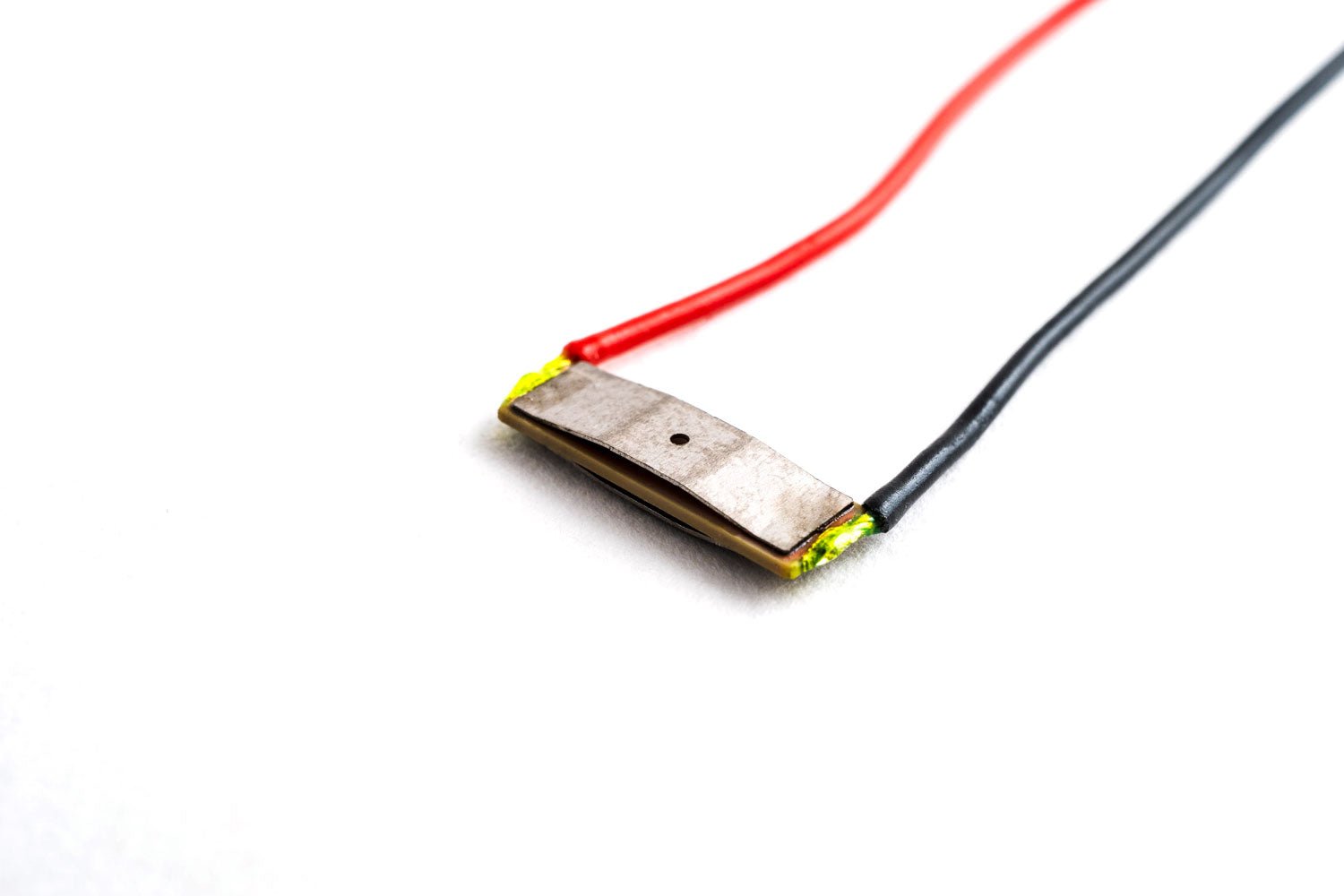
A piezo actuator is another type of haptic architecture used in haptic trackpads. It uses the piezoelectric effect to convert electrical energy into mechanical motion.
A piezo actuator consists of a piezoelectric material such as quartz or ceramic placed between two electrodes. When voltage is applied to the electrodes, it generates an electric field, causing the piezoelectric material to contract and expand. This results in a mechanical movement. The polarity and magnitude of the voltage determine the direction and amplitude of the motion.
In a haptic touchpad, a voltage is applied to the piezo actuator when a user touches the pad. This causes it to vibrate, producing a sense of touch or tactile feedback.
The Challenges of the LRA Trackpad Design

While LRAs are commonly used in haptic laptop trackpad design, some difficulties are associated with this architecture.
Haptic devices are designed to operate at their resonant frequency, typically between 50 and 300 Hz. While this frequency range suits them, it prevents fast and precise haptic feedback. In an LRA trackpad design, the resonant frequency of an LRA limits its haptics to a single frequency, significantly reducing the richness of possible haptics. This means LRA clicks can lack crispness. In other words, you will feel the click is more spongy
Another challenge associated with LRAs is their delayed response time due to the need to communicate with an external sensor. This high latency becomes noticeable to the user if the touchpad takes too long to respond to their input.
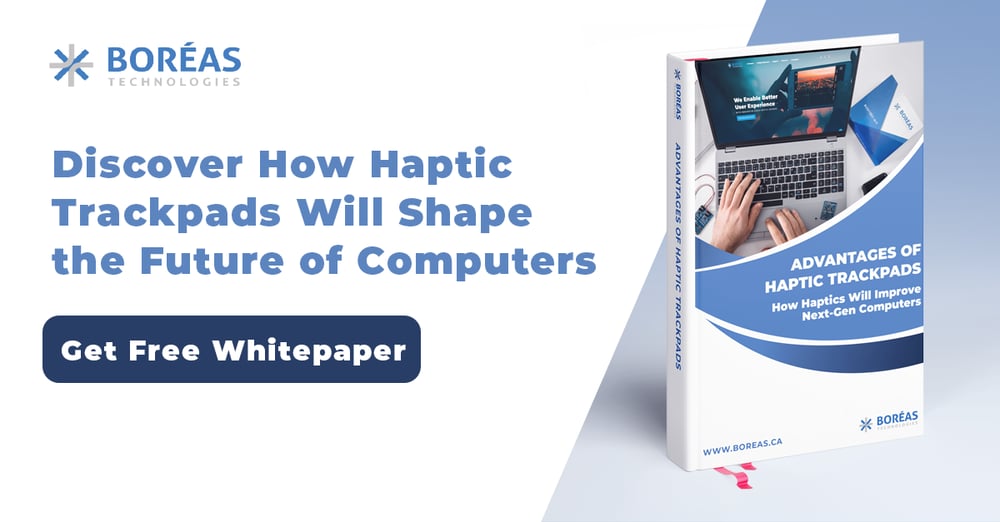
LRAs also produce a nonlinear response, which means their vibration amplitude is not directly proportional to the electrical input. They operate at a single frequency referred to as the resonant frequency. LRAs vibrate the strongest at this frequency. But at other frequencies, the vibration quickly becomes weak. This significantly limits the haptic experience with an LRA touchpad.
Also, LRA technology can produce vibration but cannot detect pressure, force, or movement. Thus, it cannot be used as an input device but only as an output device. In a haptic touchpad, an LRA requires another device to detect the user input.
What Is the Advantage of Piezo-Based Trackpads?

As mentioned above, there are two dominant architectures for haptic trackpads — LRA and piezo. However, the advantages of piezo-based trackpads outweigh those of LRA-based touchpads. Here’s how:
The LRA is the older technology and uses a small motor to generate a vibration that simulates a click. In contrast, piezo technology uses a solid-state component that creates vibrations after an input voltage is applied, resulting in a haptic sensation.
In an LRA touchpad, the sensing element detects a user’s finger pressure and communicates it to the sensing input controller (IC). The IC converts this input into an electrical signal and sends it to the microcontroller unit (MCU). The MCU processes this signal to request the driver IC to generate an electric current to drive the LRA.
The driver IC produces a click sensation by controlling the current and voltage of the LRA at the actuator's resonant frequency. This communication will delay response time and can cause latency issues, with a “spongy” click sensation that is not satisfying as a sharper click.
In contrast, Boreas’s piezo trackpad solution performs direct sensing. The piezo chip handles both sensing and driving, reducing the communication path and, thus, response time. When a user clicks on the trackpad, the piezo actuator senses the input directly and communicates with the Boreas IC.
The IC simultaneously sends a request to the MCU for the user click event and activates the actuator for haptic feedback. This ensures a more direct and crisper click sensation.
The latency difference has a lot of impact in different used cases but we'll save that for another blog post.
Provide a User Experience Like No Other With Haptic Technology
The use of haptic technology in next-gen laptops has revolutionized the user experience, providing a level of tactile feedback never possible before. If you want to experience the best haptic technology available, consider piezo haptic touchpads by Boréas Technologies.
Equipped with the state-of-art piezo architecture, including the BOS1921 piezo driver and piezo haptic actuator, our touchpads can achieve uniform HD haptics across the entire surface. What's more, their scalable design allows our company’s trackpads to be as thin as 2.4 mm, enabling you to create ultra-thin laptops.
With low power consumption, greater durability, and faster response time, piezo-haptic trackpads are an ideal choice for anyone looking to enhance their haptic experience. So, don’t settle for a subpar haptic touchpad. Upgrade to piezo-haptic technology and take your laptop to the next level!


Leave a comment